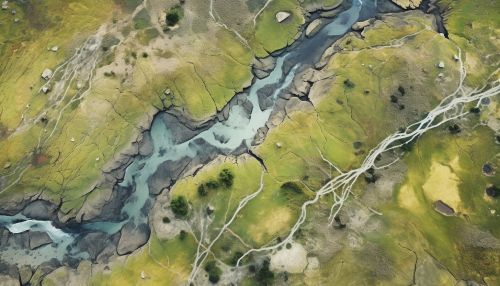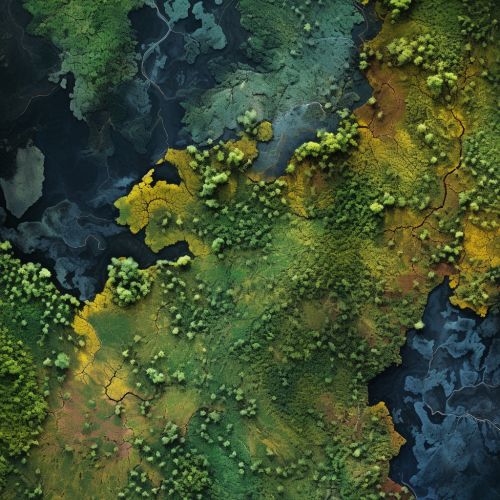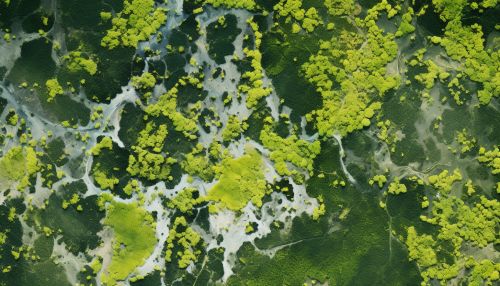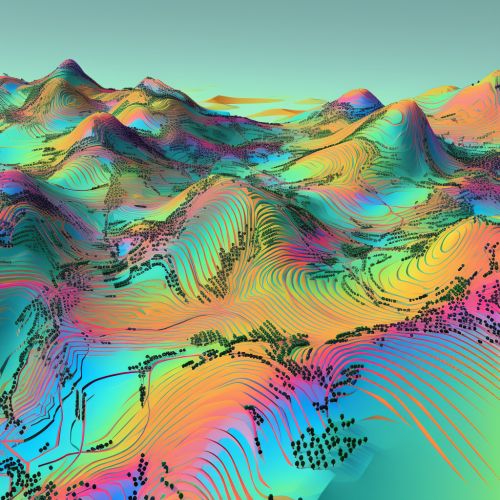The Role of Geostatistics in Landscape Ecology
Introduction
Geostatistics is a branch of statistics focusing on spatial or spatiotemporal datasets. Developed originally for the field of geology, geostatistics is a highly specialized discipline that plays a crucial role in landscape ecology. Landscape ecology, on the other hand, is a sub-discipline of ecology that addresses the spatial patterns and ecological processes of landscapes. The integration of geostatistics in landscape ecology provides a robust framework for analyzing and interpreting complex ecological data.


Geostatistics: An Overview
Geostatistics is concerned with the statistical analysis of spatially referenced data. It provides a set of mathematical tools for the characterization of spatial or spatiotemporal phenomena. The discipline emerged in the mid-20th century, primarily through the work of the French mathematician Matheron, who was studying the spatial distribution of ore grades in mining. Today, geostatistics is applied in a wide range of fields, including environmental science, petroleum geology, hydrology, and meteorology, among others.


Landscape Ecology: An Overview
Landscape ecology is a subfield of ecology that focuses on the causes and ecological consequences of spatial pattern in landscapes. The discipline emerged in the late 20th century, driven by the need to address large-scale ecological issues. Landscape ecology integrates biophysical and analytical approaches in order to study and improve the landscape. It is characterized by its emphasis on the interaction between spatial pattern and ecological process, the role of human impacts on landscape pattern, and the integration of ecological and social sciences.


The Role of Geostatistics in Landscape Ecology
Geostatistics provides a set of mathematical and statistical tools that are particularly suited to the analysis of spatially referenced ecological data. These tools allow for the quantification of spatial patterns and the prediction of values at unsampled locations, a process known as kriging. The application of geostatistics in landscape ecology can be broadly divided into three main areas: spatial pattern analysis, spatial prediction, and spatial simulation.
Spatial Pattern Analysis
One of the key applications of geostatistics in landscape ecology is in the analysis of spatial patterns. Geostatistical techniques such as variogram analysis allow for the quantification of spatial autocorrelation, which is the degree to which values at nearby locations are similar. This can provide insights into the underlying processes driving the observed patterns, such as dispersal limitations or environmental filtering.


Spatial Prediction
Geostatistics also plays a crucial role in spatial prediction in landscape ecology. Kriging, a geostatistical interpolation method, allows for the prediction of values at unsampled locations based on the spatial autocorrelation of sampled data. This can be particularly useful in landscape ecology, where it is often impractical or impossible to sample every location within a large study area.


Spatial Simulation
Geostatistics can also be used to simulate spatial patterns. This can be useful in landscape ecology for predicting the potential impacts of changes in land use or climate on spatial patterns of biodiversity. Geostatistical simulation techniques can generate multiple realizations of a spatial pattern, each consistent with the observed data and the spatial autocorrelation structure. This can provide a measure of uncertainty in predictions, which can be crucial for decision-making in conservation and land management.


Conclusion
The integration of geostatistics in landscape ecology provides a robust framework for analyzing and interpreting complex ecological data. By quantifying spatial patterns and predicting values at unsampled locations, geostatistics allows landscape ecologists to gain insights into the underlying processes driving observed patterns and to make predictions about future changes in landscapes. As such, geostatistics plays a crucial role in our understanding and management of landscapes.
